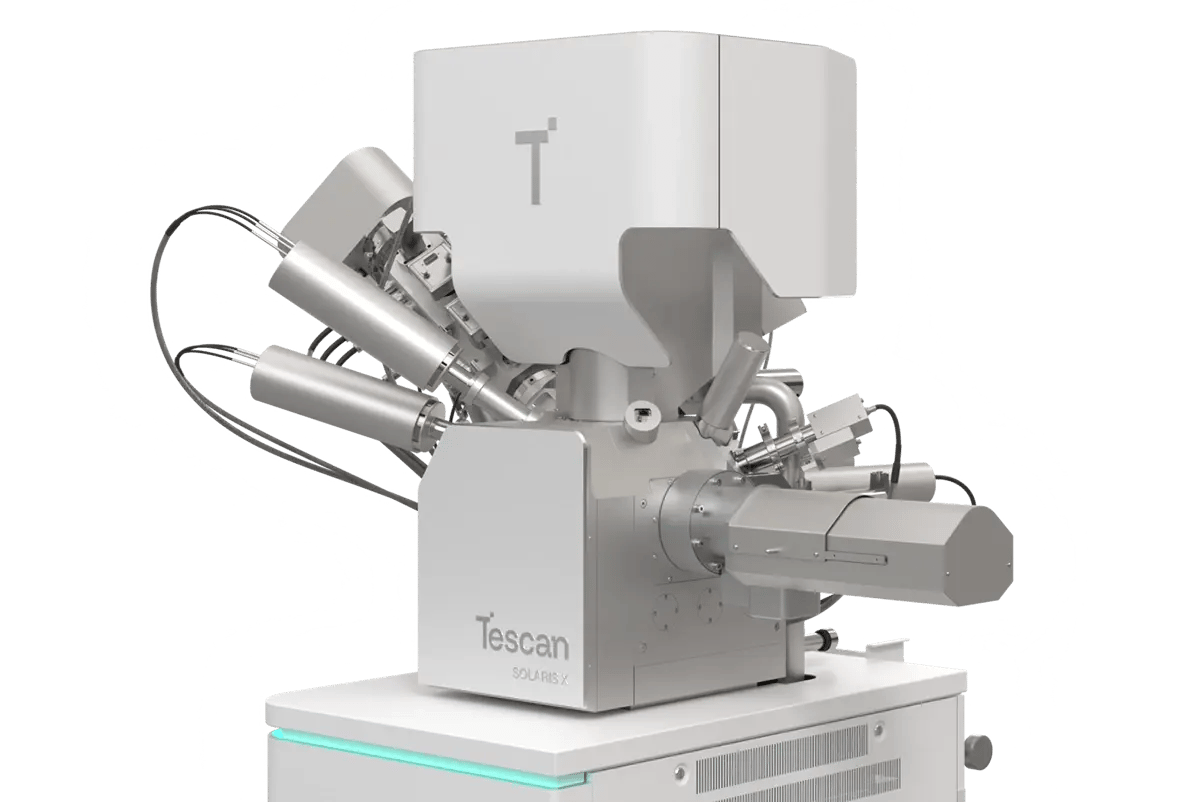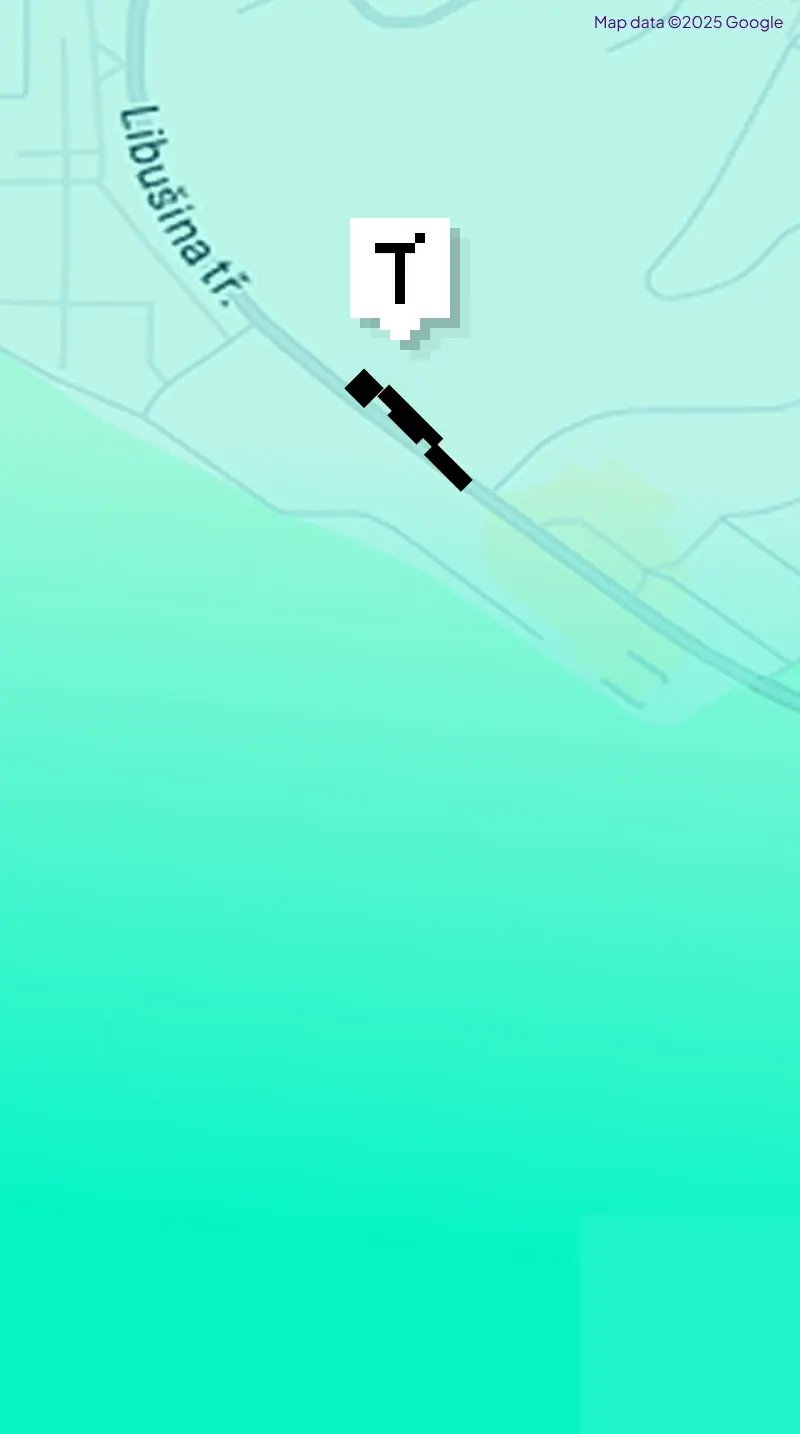1. Root of the Problem
Why Plasma FIB Cross-Sections Often Fall Short in Semiconductor Failure Analysis
Large-area cross sections are essential for analyzing solder bumps, TSVs, and packaged ICs. Plasma FIB systems deliver the speed for such preparations, but surface quality often suffers, with curtaining artifacts obscuring critical details in heterogeneous materials.
Multi-angle milling can reduce curtaining, yet conventional stages tilt only perpendicular to the beam. Polishing then requires repeated repositioning, disrupts SEM imaging, and complicates endpoint detection — leading to inefficiency and uncertain results.
Tescan SOLARIS X with Rocking Stage overcomes these limits by tilting in the plane of the cross section. This allows artifact-free polishing under continuous SEM observation for precise endpointing.
- Multi-angle polishing minimizes curtaining and surface roughness
- SEM monitoring during milling ensures precision and reliability
- Integrated workflow saves time by removing repositioning steps
- Large, smooth cross sections are ready for high-quality analysis
- Streamline semiconductor failure analysis with consistent, high-quality results using Tescan’s rocking stage technology.
2. Materials and Methods
How Plasma FIB Cross-Sectioning Was Performed Using Tescan SOLARIS X with Rocking Stage
Semiconductor packaging samples with solder bumps, TSVs, and copper pillars were selected to demonstrate large-area plasma FIB cross-sectioning. SEM imaging was first used to define the region of interest and assess structural context.
The rocking stage introduced tilt in the plane of the cross section, enabling alternating-angle milling during Xe plasma FIB operation. Continuous SEM/BSE imaging was maintained to monitor surface quality and guide endpoint detection.
Cross sections were then compared with and without rocking, and final SEM inspection confirmed curtaining suppression, preserved interfaces, and suitability for follow-up measurements.
This workflow shows how Tescan SOLARIS X with Rocking Stage enables high-quality, artifact-free cross sections in heterogeneous semiconductor structures without workflow interruption.
3. Results and Discussion
Rocking Stage Cross-Sectioning Improves Surface Quality and Endpoint Precision
Tescan SOLARIS X with Rocking Stage enabled preparation of large-area plasma FIB cross sections in heterogeneous semiconductor structures such as solder bumps, TSVs, and copper pillars. Conventional plasma FIB milling produced curtaining and rough surfaces, particularly at material interfaces, limiting the reliability of structural evaluation.
With the rocking stage, alternating-angle milling significantly reduced curtaining artifacts. Continuous SEM/BSE observation during polishing allowed precise endpoint detection and ensured that key interfaces remained intact. Cross sections prepared using the rocking workflow showed smooth, uniform surfaces that were immediately suitable for high-resolution SEM imaging and follow-up metrology.
Comparative results highlighted clear advantages over traditional perpendicular milling. Samples processed with the rocking stage demonstrated improved visibility of microstructural features, consistent surface quality across different materials, and reduced preparation time. This makes the workflow especially valuable for semiconductor failure analysis, packaging evaluation, and quality control.









